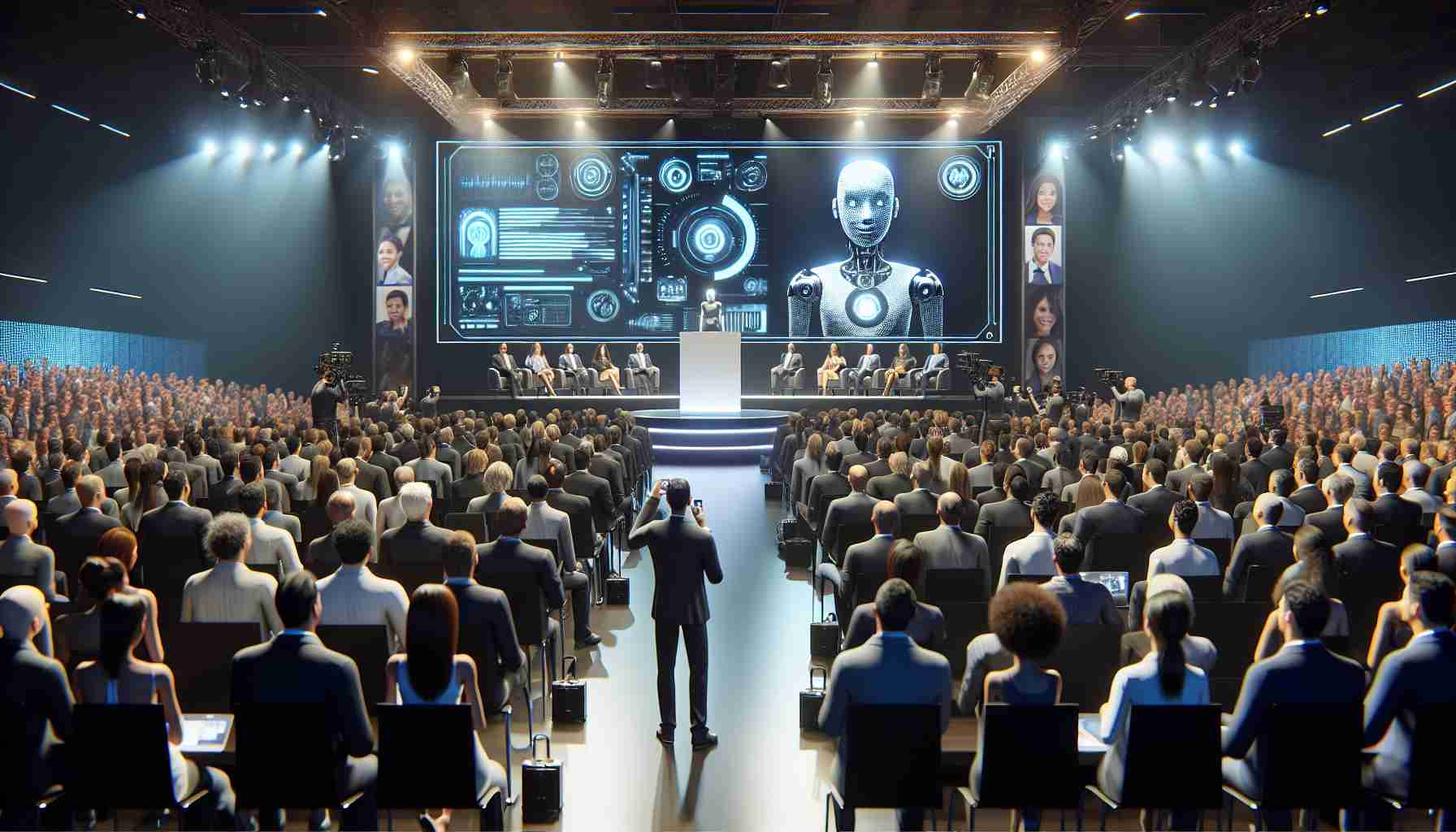Google Steps into the Future with Veo AI
Amidst the technological buzz at the I/O 2024 conference, Google introduced its latest generative artificial intelligence model, dubbed Veo. This innovation is pitched as a competitor to OpenAI’s Sora, showcasing how the AI landmarks continue to manifest, regardless of their societal impact.
Google proudly announced that Veo can create high-definition videos up to a minute long from text, images, or video material, similar to OpenAI’s Sora. However, Veo’s capabilities extend beyond mere video generation. According to Google, the AI model enables users to edit existing videos and generate longer content by following a series of narrative-building commands. Users also have the option to augment their creations with effects like timelapse.
Challenges Persist in AI Video Generation
While Google’s announcement signifies ambition, the tech giant acknowledges the ongoing challenges in AI video generation, such as maintaining image consistency and avoiding artifacts in the final product. Despite these hurdles, a collaboration with Donald Glover is in the works to produce a film entirely generated by AI, intended to showcase its capabilities.
Currently, Google has not released Veo to the public, but it is slated to become accessible to select creators through the AI Test Kitchen and VideoFX tools in the near future. As the boundaries of AI continue to expand, Google’s unveiling of Veo marks another milestone in the field of generative artificial intelligence.
Key Questions and Answers:
Q: What is the significance of Google’s Veo AI model?
A: Google’s Veo represents a significant advancement in generative artificial intelligence, enabling the creation and editing of high-definition videos from various inputs, and is seen as a direct competitor to OpenAI’s Sora. It illustrates the competitive edge in AI development and its potential for creative applications in video production.
Q: What are the key challenges or controversies associated with Google’s Veo AI?
A: The primary challenges involve ensuring image consistency and preventing artifacts in the videos generated by the AI. Additionally, there may be ethical and societal implications regarding the use of AI in creating content that needs to be addressed, such as the authenticity of media, copyright issues, potential job displacement, and the impact of deepfakes.
Q: What are the advantages and disadvantages of Veo AI?
A: Advantages:
– Enables creators to produce high-definition videos quickly and efficiently.
– Provides video editing capabilities and effects to enhance storytelling.
– Fosters creativity by turning narrative commands into visual content.
Disadvantages:
– Potential for misuse in creating deepfakes or misleading content.
– Could impact traditional jobs in video production and editing.
– Technical challenges in maintaining quality and consistency of generated content.
Suggested Related Links:
Here are some related and relevant links to explore further information about artificial intelligence and Google:
– Google AI: Main domain for Google’s AI-related news and research.
– OpenAI: Main domain for OpenAI, the organization behind AI models that compete with Google’s offerings.
Given the competitive nature of AI development, it will be essential to keep an eye on how Google’s Veo AI evolves and how it impacts the realms of content creation, media authenticity, and societal norms. The mentioned advantages and challenges highlight the complexities of integrating such sophisticated AI technologies into our day-to-day lives.

